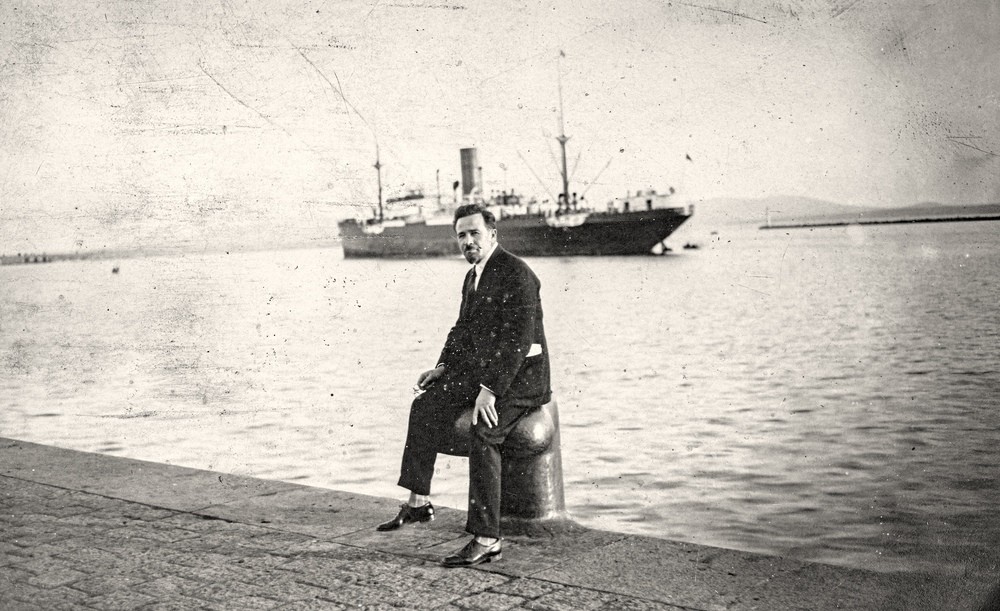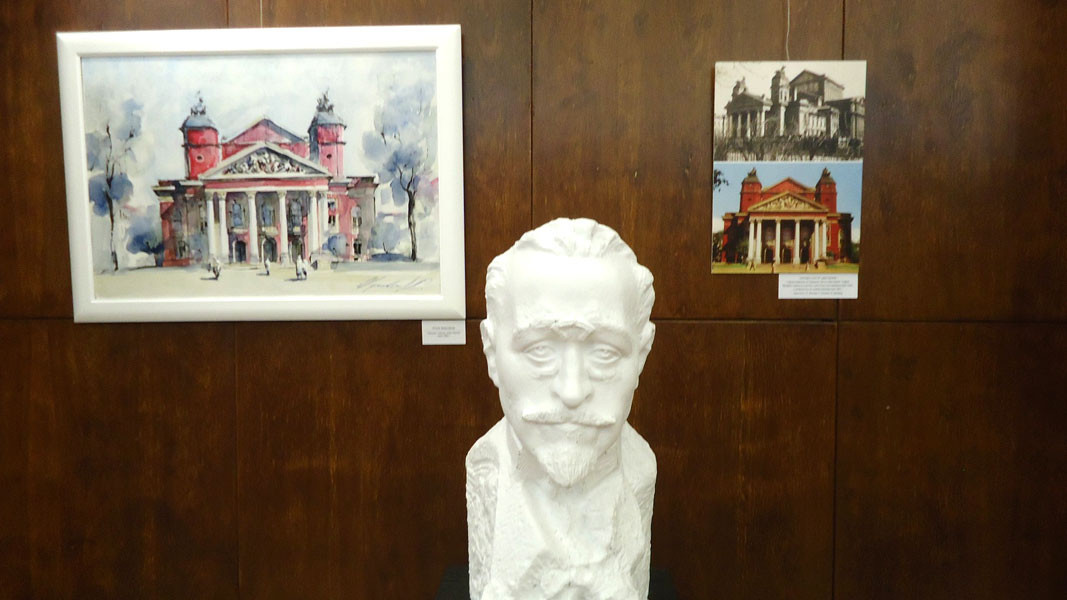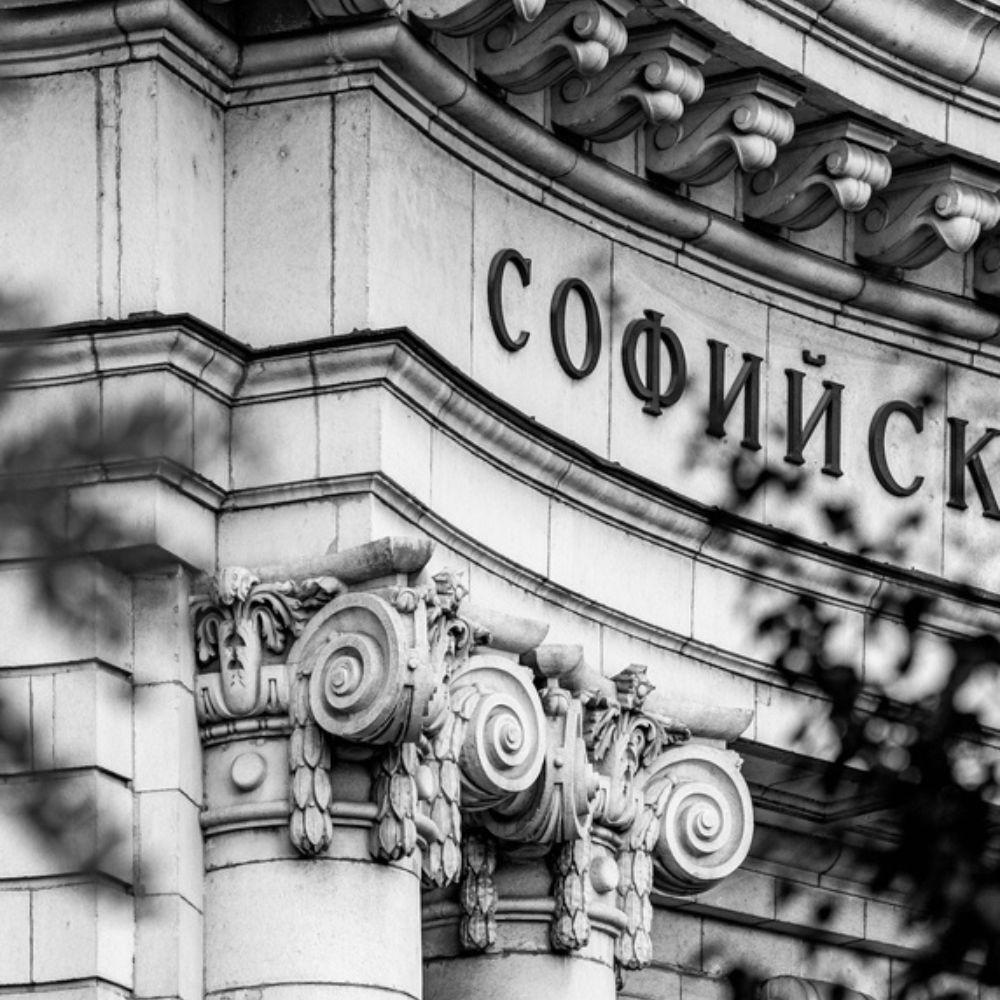Ukrainian sculptor Mykhailo Parashchuk was born on November 16, 1878. He crafted the ornaments of some of the most emblematic buildings in the Bulgarian capital.

Mykhailo Parashchuk was born in the village of Varvaryntsi, at the time within the bounds of the Austro-Hungarian Empire. At the age of 13 he went to the art school in Krakow. Later, he enrolled in a private art academy in Paris, where he became a student of Auguste Rodin. In 1921, Mykhailo Parashchuk arrived in Bulgaria as a representative of the International Red Cross.

In Bulgaria the sculptor created sculptures of Peyo Yavorov, Gotse Delchev, Stefan Karadzha, bas-reliefs of Hristo Botev and Aleko Konstantinov. He also created the lion decorations and the zodiac clock of the Bulgarian National Bank, the ornamental frames of the Sofia Court House gates, the façade decoration of the Sofia University Rectorate and the architectural design of many other iconic buildings.

You can learn more details about Mykhailo Parashchuk’s life and his contributions to Bulgaria in Radio Bulgaria article: Mikhailo Parashchuk from Ukraine, the man who crafted the ornaments on some of Bulgaria’s most emblematic buildings.
Photos: Diana Tsankova; Embassy of Ukraine in BulgariaDid you know that in the Moldovan capital Chisinau there is a street named after Hristo Botev? Located about three kilometers from the city center, there stands an impressive monument to the Bulgarian poet, revolutionary and public figure, who died in..
When we have a special occasion where we meet relatives or friends, as a sign of respect and as a memory, we usually present them with a gift, complete with a beautiful card. In the past, the card received was kept as a cherished memory and even passed..
Holy Thursday is one of the two days in the Holy Week when we dye eggs for Easter. Tradition dictates that the oldest woman in the family takes on this important task, and the first egg is always dyed red. The Red Egg – symbol of the..

+359 2 9336 661
